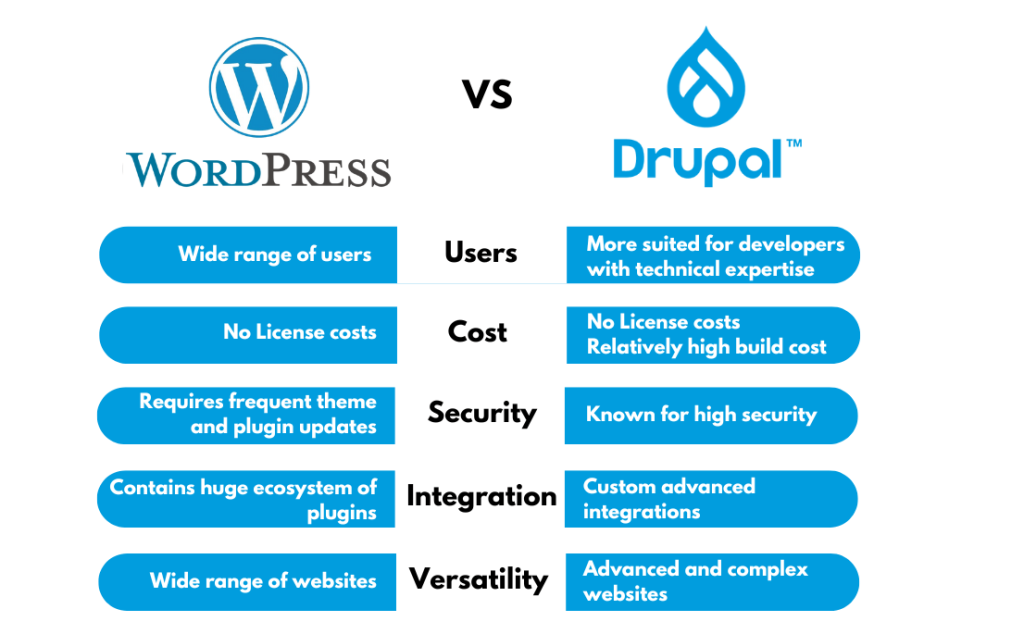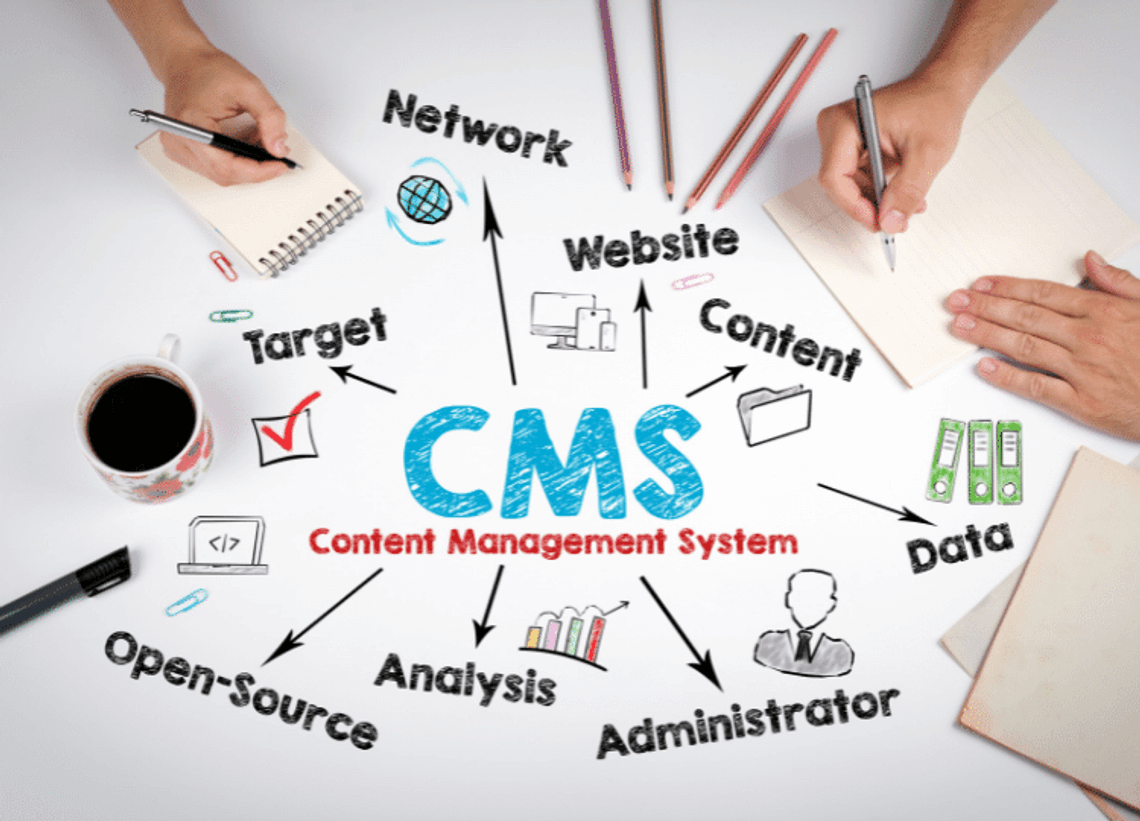The digital world relies on structure to keep content flowing smoothly. At the heart of that structure is system logic within content manager frameworks. This idea may sound complex, but it plays a role in every interaction we have with websites, apps, and digital tools. Businesses and organizations use frameworks to handle growing amounts of information. Without system logic, the order of data would collapse, making it harder to manage publishing, automation, and user experiences.
System logic works like a guiding framework. It decides how content moves, who gets access, and when certain steps take place. It creates consistency that helps teams manage their work with less stress and more efficiency. For companies with wide-reaching digital operations, understanding this foundation is not optional. It is essential for growth, compliance, and brand alignment.
Structure of Rules in Digital Frameworks
System logic is built on sets of rules that control what happens in content manager frameworks. These rules outline actions such as saving, editing, approving, or publishing. They also handle deeper tasks, like assigning permissions, creating version histories, or archiving outdated material.
A good example can be seen in a common CMS workflow. When an author writes a draft, the system logic may require approval by an editor before publishing. That approval step is not manual for every platform. Instead, the framework ensures it happens by design. These built-in rules create order while also reducing errors.
Enterprises often need multiple layers of these rules. They may use system logic to manage compliance or branding across teams in different countries. A consistent structure makes it easier to manage content at scale.
Why System Logic Matters in CMS Workflows

Frameworks like WordPress, Drupal, or enterprise systems such as Adobe Experience Manager rely on system logic for daily operation. Each one uses workflows that guide how content is created, updated, and shared.
Without system logic, a CMS would act more like a filing cabinet. It could hold information but offer no guidance or control over it. Workflows transform that static storage into a dynamic system. They connect authors, editors, and publishers in clear paths.
System logic also reduces risks. It can prevent an unapproved article from going live or stop outdated content from showing on important pages. By setting clear approval processes and publishing rules, frameworks help teams meet quality standards without slowing down their output.
How Does System Logic Shape Content Automation
One of the strongest features of system logic is automation. Automated publishing schedules, recurring updates, and rule-based archiving all depend on it. These features save time and reduce human error.
For example, a company may want to publish a campaign across several platforms at once. The system logic within a content manager framework can push that campaign to a website, mobile app, and email list on schedule. This is more efficient than handling each platform separately.
Automation also improves compliance. When sensitive content reaches the end of its approved timeline, logic can remove or archive it automatically. This reduces risk and ensures that only approved information is visible to users.
Benefits of System Logic for Business Growth

Companies need more than just storage for their content. They need frameworks that keep them aligned and efficient. System logic offers several benefits that drive growth.
It strengthens branding by making sure only approved styles, messages, and media appear on public platforms. It improves speed by removing manual tasks, allowing teams to focus on strategy and creativity. It also secures digital assets by enforcing user roles and permissions.
Enterprises often invest in headless CMS frameworks to take advantage of strong system logic. These platforms give them flexibility to deliver structured content across channels, from websites to mobile apps to emerging technologies.
The growth of digital experience platforms shows how valuable these frameworks have become. They allow businesses to manage content as a long-term asset, not just as short-term posts.
What Future Awaits System Logic in Content Frameworks
Technology continues to evolve, and so does the role of system logic in content manager frameworks. Artificial intelligence is already being tested to predict workflows, adjust publishing rules, and personalize experiences in real time.
The future may bring frameworks that automatically adapt logic based on user behavior. For example, a system could choose the best time to publish based on when readers are most active. It could also shape personalized experiences by adjusting which version of a page each user sees.
As frameworks grow smarter, they will also take on new responsibilities. Compliance in regulated industries, protection of personal data, and multi-language publishing will all rely on advanced logic. Businesses that understand this shift will be ready to take advantage of new tools as they arrive.
Closing Perspective on Digital Frameworks
System logic is not a background feature. It is the engine that drives order, automation, and scale in content manager frameworks. From publishing rules to workflow approvals, every detail of a digital strategy relies on it.
Companies that want to compete in fast-moving markets need strong frameworks supported by smart logic. Platforms like Webdev200 prove how important these elements are in creating flexible, secure, and efficient digital solutions.
If your team is planning for growth, the question is not whether you need system logic but how much of it your framework can handle. The organizations that succeed will be the ones that see system logic as more than technical design. They will treat it as the backbone of their digital experience strategy.
For further insights into how frameworks are shaping digital systems, you may explore https://en.wikipedia.org/wiki/Content_management_system as a resource on global CMS trends.
Ready to align your digital workflows with smarter logic? Let’s connect and map out a framework that supports your long-term vision with clarity and consistency.

